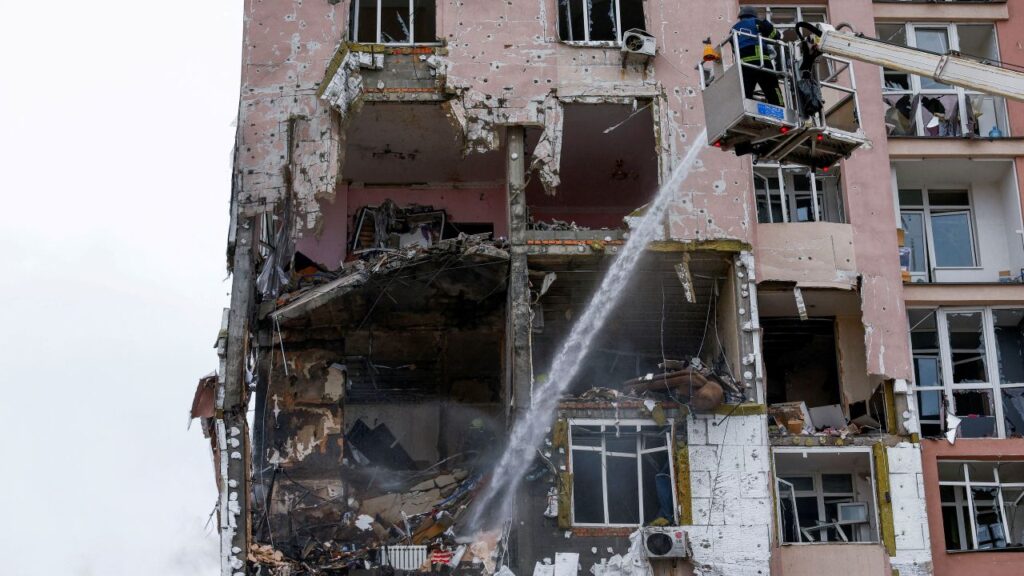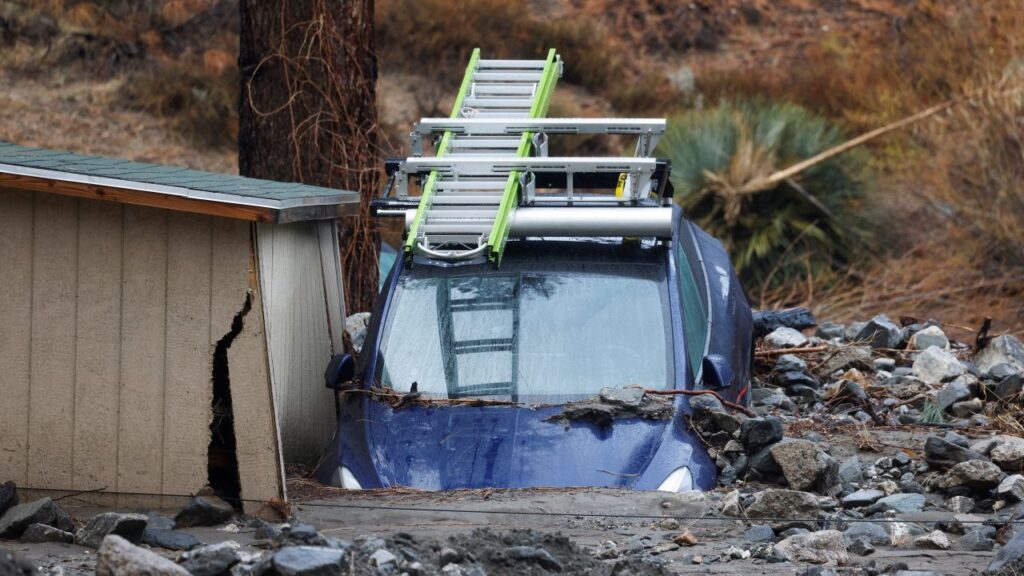Share
As he was running for governor, Gavin Newsom repeatedly and emphatically promised to attack California’s housing shortage head-on, pledging in an online article to “lead the effort to develop the 3.5 million new housing units we need by 2025 because our solutions must be as bold as the problem is big.”
During his inaugural address in January, Newsom said he would implement “a Marshall Plan for affordable housing,” likening it to the reconstruction of Europe after World War II.

Dan Walters
Opinion
Newsom’s promises have also been shrinking. He’s taken to calling the 3.5-million-unit pledge “a stretch goal” and told the Los Angeles Times, “It’s a stubborn issue. You can’t snap your fingers and build hundreds of thousands, millions of housing units overnight.”
Well, no you can’t. And he should have known that building 3.5 million units by 2025 was an economic and physical impossibility.
It would have required building an average of 500,000 units each year for seven years, more than twice the state’s highest-ever production year, at least $200 billion a year in investment, and hundreds of thousands of additional construction workers.
A Need for About 200,000 Housing Starts a Year
It was never going to happen — and perhaps it shouldn’t.
The 3.5 million figure comes from a 2016 study by McKinsey & Company on the San Francisco Bay Area’s very tight housing picture, based on an assumption that California should have the same per capita housing level as New York, despite obvious demographic and cultural differences.
A critical examination of the McKinsey conclusion by the Palo Alto-based Embarcadero Institute contends, logically, that Texas would be a better basis for comparison and using it indicates that California needs another 1.5 million units, not 3.5 million. Based on nationwide housing trends, the Embarcadero study concludes, the number would be 1.4 million.
Those lower numbers would translate into a need for about 200,000 housing starts a year, which comports with the state’s official goal of 180,000 units a year or 1.1 million by 2025, still much higher than current production but in line with what’s happened in years past.
So while California may not need 3.5 million new units, it still has an acute shortage that would take tens of billions of dollars in annual investment — plus political will and thousands of more construction workers — to erase.
They Also Passed Rent Control
It can’t happen overnight, as Newsom now — and belatedly — concedes, but it could happen if all the ingredients could be assembled.
However, they also passed a rent control law that, if anything, will discourage the increased private investment that’s vital if housing production is to significantly increase.
Meanwhile, a new report by a team of attorneys at two University of California law schools postulates that under-the-radar laws, including several passed this year, collectively give Newsom’s Department of Housing and Community Development some serious new powers to force communities to accept more housing, overcoming “not-in-my-backyard” sentiments.
“When he was running for office, Governor Newsom boldly announced that he would more than triple California’s rate of housing production,” the study’s authors point out. “The ball is in his court.”
CalMatters is a public interest journalism venture committed to explaining how California’s state Capitol works and why it matters. For more stories by Dan Walters, go to calmatters.org/commentary.
[activecampaign form=31]



















